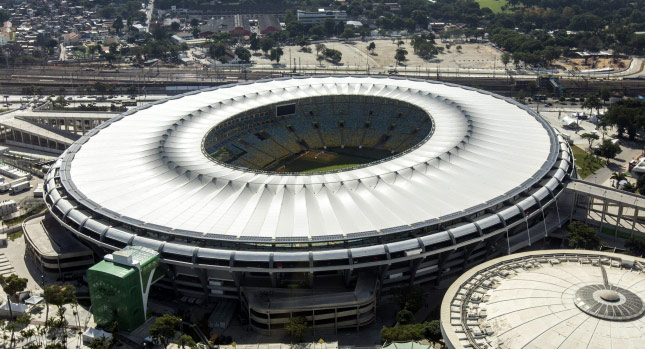If you were thinking of attending the 2014 Fifa World Cup, that is to take place in Brazil, it would be mightily considerate of you to teleport there, or use a glider or bicycle that burns no fuel.
If you don’t, you’ll be contributing to the estimated 2.72 million tons of carbon dioxide to be emitted through the month or so that the event lasts; most of it will be caused by air travel and just getting around the country.
It’s news like this that makes you wonder why automakers even bother to incessantly greenwash their image, with eco-this and plug-in-that, when all their millions billions spent on said research are negated by everything else that goes on polluting and just happens to fall under different and more lenient legal constraints. It’s redundant and a progress-impeding way of thinking, when viewed from this angle, I think; it’s been pointed out before many times.
The source report reads that the total environmental damage done by the football (soccer) event is about the same as that of 560,000 average cars being run for a year. This in the world’s fifth-largest country that already does its fair share of noxious emissions into the atmosphere and (what’s left of) its once pristine rainforests.
So, what do you think would be a good solution for this eco-hazard most of which will be brought about between the months of June and July (2.4 million tons out of the total 2.72). Please take note that you can only propose canceling it altogether if your team didn’t qualify – we will understand if that’s the case.
Below you’ll find the first part of a Deutsche Welle documentary that goes into what Brazil did (and is still doing) in order to be made into a suitable host for the major sporting event; it got a lot of help from abroad.
By Andrei Nedelea
Story References: Sacbee , Photo via Wikipedia
VIDEO



